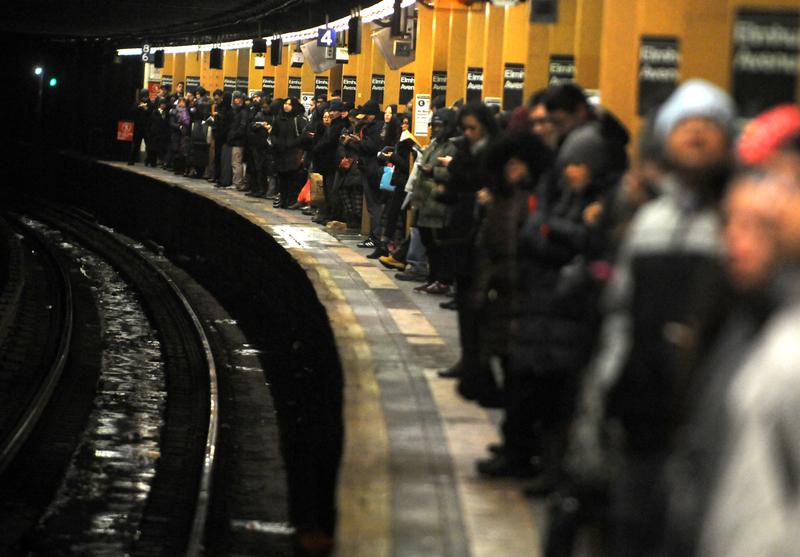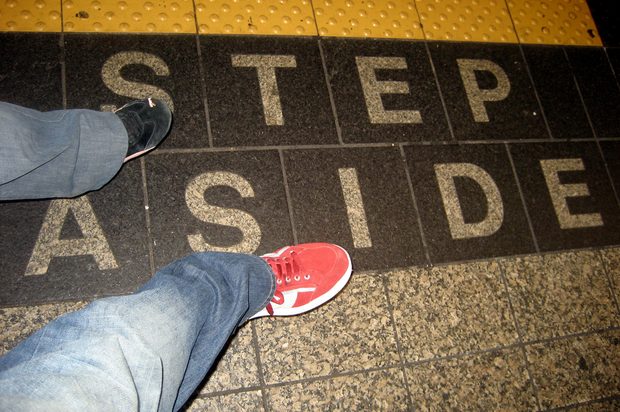 Transportation Nation
Transportation Nation
STEP ASIDE: The MTA Wants to Speed Up Three Subway Lines

As 6 million riders a day becomes the MTA's new normal, so too have subway delays. (Want to know why? The quick version is growing ridership, ongoing maintenance needs, and unplanned events. Watch the video at the end of this story, and turn the volume up.)
The agency's long-term solution is to increase capacity and improve its signaling capabilities. But that is years — not to mention billions of as-of-yet-unfound dollars — away.
"Until those investments are in place," said New York City Transit President Carmen Bianco at an MTA board committee meeting Monday, "we have to address the issue that confronts us today."
In the meantime, the MTA is targeting three subway lines — the 6, 7, and the F — that have experienced the worst deterioration in service over the past two years (page 20), when measured by how regularly trains arrive.
Because crowding tends to be one of the biggest cause of delays, the MTA will try to reduce so-called "dwell time" — the amount of time doors remain open in a subway station.
The 6 line will get more station staff to help speed loading and unloading of cars. The agency will also paint the same type of "step-aside boxes" seen in other stations on some platforms on these lines to remind boarding passengers to let people off the train first.
The MTA will also try to prevent delays by stepping up inspection and maintenance, while putting teams in place to respond faster when unexpected incidents occur.
Depending on how well these efforts work, the MTA may expand these efforts to other lines — but expect these efforts may have a widespread impact by themselves.
"If we can get the improvements on certain lines," said MTA subway Vice President Joseph Leader, "it will bleed off on the lines that connect with it."
